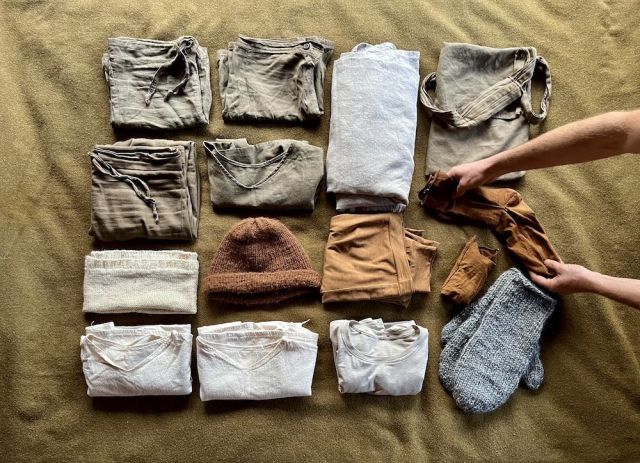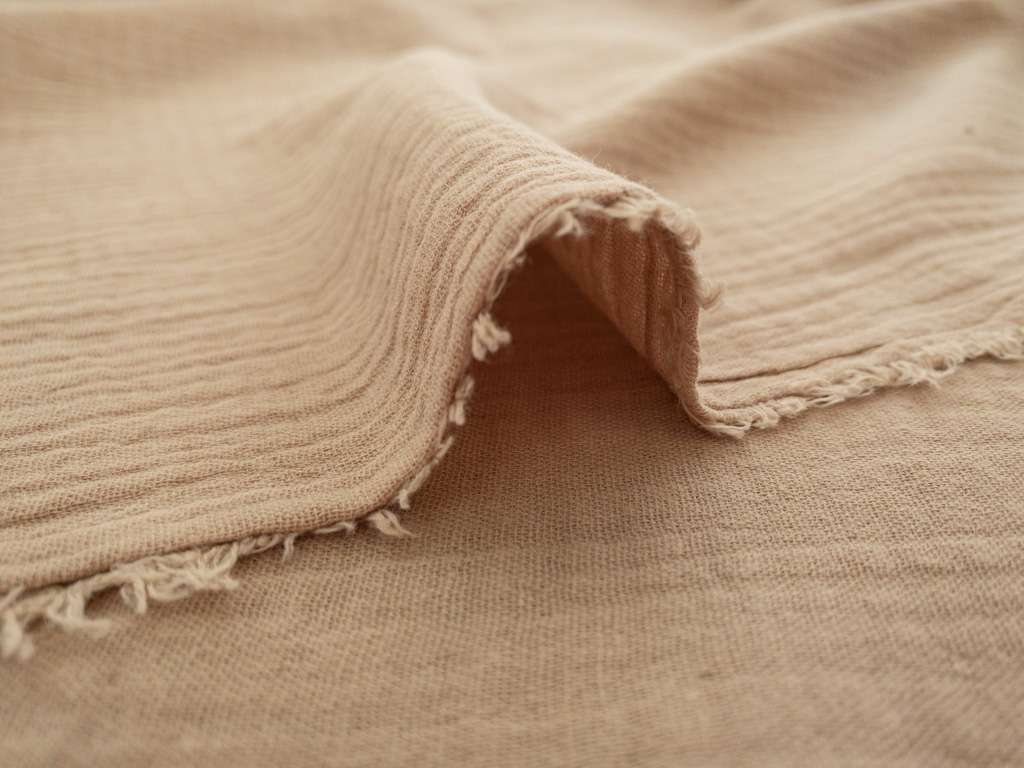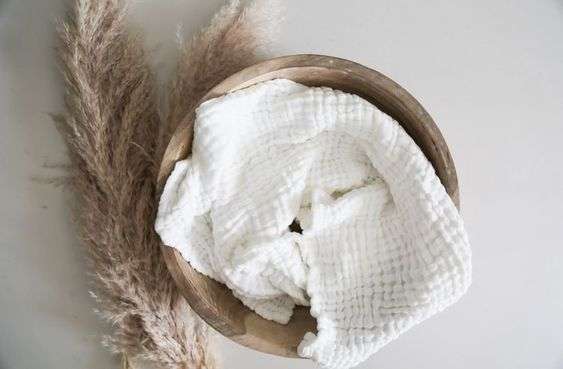
Sustainable Home Textiles: Eco-Friendly Fabric Choices for Your Home
In recent years, sustainability has become a vital consideration in nearly every aspect of our lives, from the food we eat to the clothes we wear. The trend toward eco-conscious living has now made its way into the world of home décor, specifically within home textiles. Sustainability in home textiles is more than just a trend; it’s a reflection of mindful consumption and thoughtful choices that impact both the environment and our personal spaces. When we talk about sustainable home textiles, we’re referring to products made from eco-friendly fabrics, sourced and produced in ways that minimize environmental impact.
This blog post will guide you through the world of sustainable home textiles, introducing the best eco-friendly fabric choices for your home, and highlighting why choosing these materials from home textile fabrics manufacturers is a step toward a greener, more responsible lifestyle
Why Sustainable Home Textiles Matter
In a world increasingly aware of the negative environmental effects of mass production and fast consumerism, it’s crucial to recognize how small changes can make a big difference. The textile industry is one of the largest polluters globally, consuming vast amounts of water, energy, and chemicals. Traditional textile production often involves synthetic materials that don’t biodegrade, causing long-term harm to our planet.
By opting for sustainable fabrics, consumers contribute to reducing waste, conserving resources, and lowering the carbon footprint associated with home textiles. Eco-friendly fabrics not only offer aesthetic and functional benefits but also align with responsible living. This creates a powerful message: our homes can be beautiful, comfortable, and environmentally friendly all at o
Top Eco-Friendly Fabric Choices for Home Textiles
There are several eco-friendly fabrics that are suitable for home textiles, each with its unique properties. Here are some of the best options that contribute to sustainability while offering the comfort and style you seek in your home.
Why choose organic cotton for home textiles?
- Soft and breathable: Organic cotton is known for its softness and breathability, making it perfect for items like bedding, curtains, and cushions.
- Durability: It’s a durable fabric that maintains its quality over time, even after multiple washes.
- Eco-certifications: Many organic cotton products come with eco-certifications, such as the Global Organic Textile Standard (GOTS), ensuring that the material is truly eco-friendly.
Linen
Linen is another sustainable fabric that’s gaining popularity in the home textile industry. Made from the flax plant, linen requires far less water than cotton and is naturally resistant to pests, reducing the need for chemical interventions.
Benefits of linen in home textiles:
- Natural texture: Linen has a beautiful, natural texture that adds a rustic yet elegant charm to your home. It’s perfect for upholstery, tablecloths, and curtains.
- Breathable and moisture-wicking: Linen is highly breathable and has moisture-wicking properties, making it ideal for summer bedding.
- Long-lasting: Linen grows softer with each wash, making it a long-lasting and low-maintenance choice.
Hemp
Hemp is one of the most environmentally friendly fabrics available. It’s fast-growing, requires minimal water, and improves soil health by returning nutrients to the earth. Hemp’s durability and versatility make it an excellent choice for various home textiles.
Why hemp is a sustainable choice for your home:
- Eco-friendly cultivation: Hemp grows quickly and without the need for synthetic fertilizers or pesticides, making it one of the most sustainable crops.
- Durability: Hemp fibers are incredibly strong, ensuring that products made from this material, such as rugs, cushions, and curtains, last for years.
- Mildew resistance: Hemp is naturally resistant to mildew and mold, making it ideal for areas like bathrooms and kitchens.
Final Thoughts
Incorporating sustainable home textiles into your space is a simple yet impactful way to contribute to environmental conservation. By choosing fabrics like organic cotton, linen, hemp, bamboo, recycled polyester, and Tencel, you ensure that your home is not only stylish and comfortable but also eco-conscious. Moreover, supporting home textile fabrics manufacturers that prioritize sustainability amplifies the positive impact of your choices. Together, we can create homes that reflect our values and protect the planet for future generations. By taking a step toward sustainable textiles, you’re not just choosing a product—you’re choosing a better future.




